Introduction
In the vast realm of culinary arts, dumplings stand as a timeless and universally loved dish. Their versatility allows for endless variations, catering to diverse tastes and preferences. Among the myriad of fillings, mushroom-stuffed dumplings offer a delightful blend of earthy flavors, umami richness, and a texture that is both tender and satisfying. Whether you’re a seasoned chef or a home cook eager to explore new recipes, making mushroom-stuffed dumplings can be a rewarding culinary adventure. This guide will walk you through the entire process, from selecting the right mushrooms to perfecting your folding technique, ensuring you create a batch of dumplings that are as visually appealing as they are delicious.
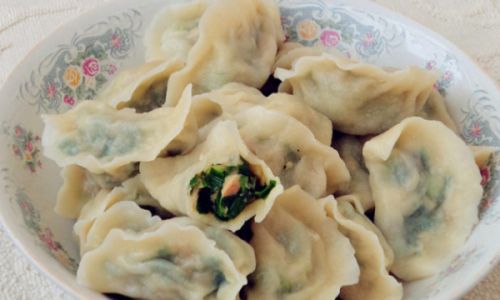
Section 1: Choosing the Perfect Mushrooms
The foundation of any mushroom-stuffed dumpling lies in the quality and type of mushrooms you choose. While shiitake mushrooms are traditionally favored for their robust flavor and meaty texture, other varieties like cremini, portobello, and even button mushrooms can add their unique twists to the dish. Here’s how to select and prepare your mushrooms:
1 Types of Mushrooms
- Shiitake Mushrooms: Known for their dark brown caps and rich, smoky flavor, shiitake mushrooms are a natural choice for dumplings. Their firm texture holds up well during cooking.
- Cremini Mushrooms: These are often considered a more flavorful variety of button mushrooms, with a slightly firmer texture and earthier taste.
- Portobello Mushrooms: Larger and more tender, portobello mushrooms can be chopped and used in combination with other types for a heartier filling.
- Button Mushrooms: While they might lack the intensity of flavor of other varieties, button mushrooms are mild and versatile, making them a great option for those who prefer a subtler mushroom taste.
2 Selecting Fresh Mushrooms
- Appearance: Look for mushrooms with firm, dry caps that are free from spots, sliminess, or mold. The stems should be firm and not overly woody.
- Aroma: Fresh mushrooms should have a faint, earthy aroma. Avoid any that smell sour or musty.
- Storage: Fresh mushrooms should be stored in a paper bag or on a paper towel in the refrigerator. They can keep for a few days but are best used soon after purchase.
3 Preparing the Mushrooms
- Cleaning: Mushrooms should be gently wiped with a damp cloth or paper towel rather than submerged in water, which can make them soggy.
- Trimming: Remove the stems if they are too woody or tough. For shiitake mushrooms, the stems can often be finely chopped and included in the filling.
- Chopping: Slice or chop the mushrooms into small, uniform pieces to ensure even cooking and a cohesive filling.
Section 2: Creating the Filling
The filling is the heart of any dumpling, and a well-balanced mushroom filling can elevate your dumplings to new heights. Here’s how to craft a flavorful and satisfying mushroom filling:
1 Basic Ingredients
- Mushrooms: About 2 cups of finely chopped mushrooms.
- Aromatics: Finely chopped garlic, ginger, and scallions add depth and complexity to the filling.
- Seasonings: Soy sauce, sesame oil, salt, pepper, and a pinch of sugar can help balance the flavors.
- Binding Agent: A small amount of cornstarch or potato starch helps the filling hold together.
- Optional Additions: Ground pork, shrimp, or tofu can be added for added texture and protein.
2 Cooking the Mushrooms
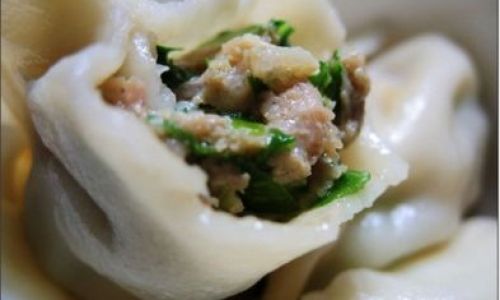
- Sautéing: In a hot pan with a bit of oil, sauté the finely chopped aromatics until fragrant. Add the mushrooms and cook until they release their juices and begin to brown, about 5-7 minutes. This step is crucial for developing the flavors.
- Seasoning: Add soy sauce, sesame oil, salt, pepper, and sugar to taste. Cook for another 1-2 minutes to allow the flavors to meld.
- Cooling: Let the mushroom mixture cool slightly before adding any binding agent. This prevents the filling from becoming too runny when wrapped in the dough.
3 Incorporating Binding Agent
- Mixing: Once the mushroom mixture has cooled, sprinkle a small amount of cornstarch or potato starch over it and mix well. This will help the filling hold its shape when wrapped in the dough.
- Consistency: The filling should be moist but not wet, and it should hold together when pressed into a ball.
Section 3: Preparing the Dumpling Dough
The dough is the canvas upon which your mushroom filling will be presented. Making homemade dumpling dough is relatively straightforward and adds a touch of authenticity to your dumplings.
1 Ingredients
- All-Purpose Flour: About 2 cups.
- Water: Approximately ½ cup, plus extra for kneading.
- Salt: A pinch to enhance dough elasticity.
2 Mixing and Kneading
- Combining Ingredients: In a large bowl, mix the flour and salt. Gradually add water, one tablespoon at a time, mixing with a fork or chopsticks until a shaggy dough forms.
- Kneading: Transfer the dough to a lightly floured surface and knead for about 8-10 minutes until it becomes smooth and elastic. If the dough is too sticky, add a bit more flour; if it’s too dry, add a few drops of water.
- Resting: Cover the dough with a damp cloth and let it rest for at least 30 minutes. This allows the gluten to relax, making the dough easier to roll out.
3 Rolling Out the Dough
- Dividing: Once rested, divide the dough into two equal portions. Roll each portion into a log about 1 inch in diameter.
- Cutting: Use a sharp knife to cut the logs into small pieces, each about 1 inch in length.
- Rolling: Dust each piece lightly with flour and flatten it with your palm. Use a rolling pin to roll out each piece into a thin circle, about 3-4 inches in diameter.
Section 4: Folding and Sealing the Dumplings
The art of folding dumplings lies in creating a tight seal that prevents the filling from leaking during cooking. Here are a few classic folding techniques:
1 Classic Pleat Fold
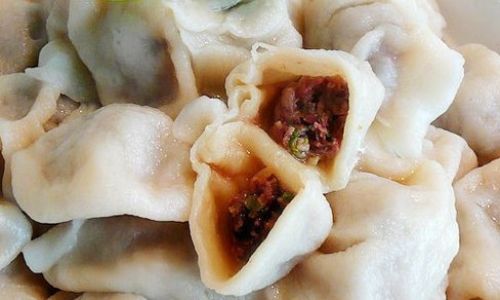
- Placing the Filling: Place a small spoonful of filling in the center of the dough circle.
- Folding: Fold the dough in half, pinching the edges together to seal.
- Pleating: Starting from one end, make small pleats along the edge to create a decorative seal.
2 Half-Moon Fold
- Placing the Filling: Again, place a small spoonful of filling in the center.
- Folding: Fold the dough in half, pinching the edges together firmly to form a half-moon shape.
- Sealing: Press the edges together with the tines of a fork to ensure a tight seal.
3 Potsticker Fold
- Placing the Filling: Position the filling slightly off-center on one half of the dough circle.
- Folding: Fold the dough over the filling, creating a half-moon shape.
- Pleating and Sealing: Pinch the edges together tightly, creating small pleats for a secure seal. Then, pleat the dough around the filling, pulling it slightly taut to create a small pouch.
Section 5: Cooking the Dumplings
There are several methods to cook dumplings, each offering a slightly different texture and flavor profile. Here are three popular methods:
1 Pan-Fried (Potstickers)
- Heating the Pan: Heat a non-stick skillet over medium-high heat with a bit of oil.
- Adding Dumplings: Place the dumplings in the pan, flat side down, and cook until the bottoms are golden brown and crispy, about 2-3 minutes.
- Steaming: Add a small amount of water to the pan, cover, and steam for about 5-7 minutes until the dumplings are cooked through.
- Finishing: Remove the lid, let the excess water evaporate, and cook for another minute or two until the bottoms are crispy again.
2 Boiled
- Bringing Water to a Boil: Fill a large pot with water and bring it to a rolling boil.
- Adding Dumplings: Carefully drop the dumplings into the boiling water. They should not be overcrowded.
- Cooking Time: Cook for about 3-5 minutes, or until the dumplings float to the surface and the dough is cooked through.
- Draining: Use a slotted spoon to remove the dumplings and let them drain on a plate lined with paper towels.
3 Steamed
- Preparing the Steamer: Set up a bamboo or metal steamer over a pot of simmering
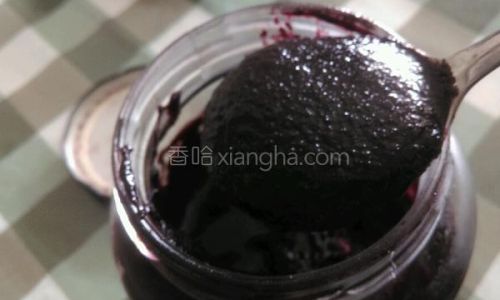

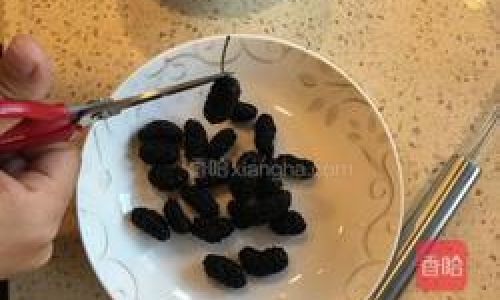
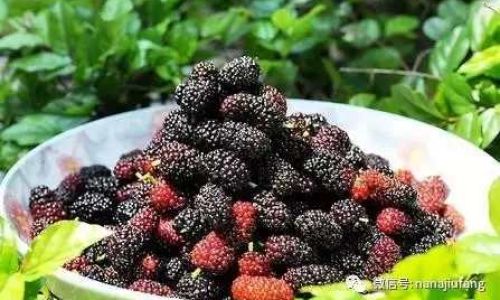


0 comments